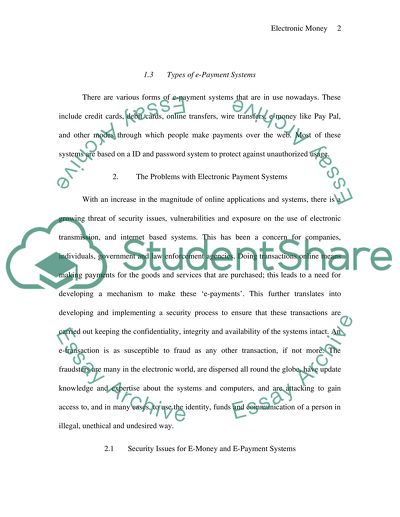Cite this document
(Electronic Money Challenges and Solutions Report, n.d.)
Electronic Money Challenges and Solutions Report. https://studentshare.org/finance-accounting/1524835-electronic-money-challenges-and-solutions
Electronic Money Challenges and Solutions Report. https://studentshare.org/finance-accounting/1524835-electronic-money-challenges-and-solutions
(Electronic Money Challenges and Solutions Report)
Electronic Money Challenges and Solutions Report. https://studentshare.org/finance-accounting/1524835-electronic-money-challenges-and-solutions.
Electronic Money Challenges and Solutions Report. https://studentshare.org/finance-accounting/1524835-electronic-money-challenges-and-solutions.
“Electronic Money Challenges and Solutions Report”. https://studentshare.org/finance-accounting/1524835-electronic-money-challenges-and-solutions.


